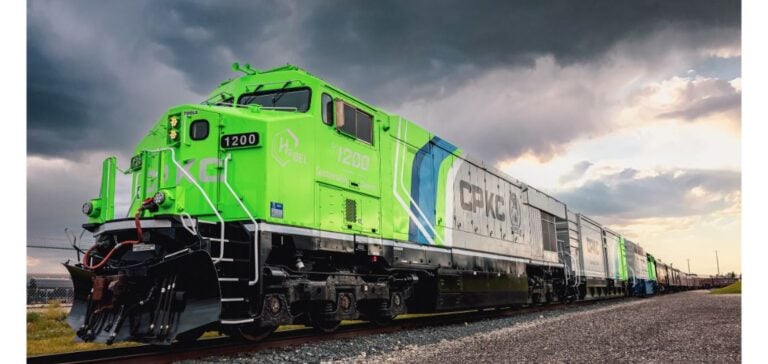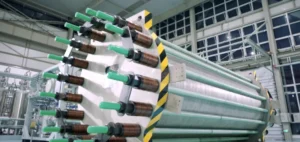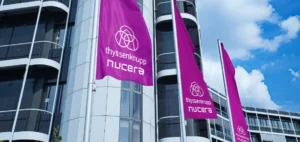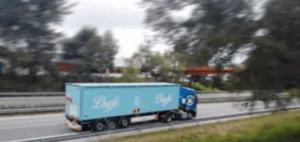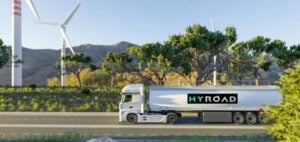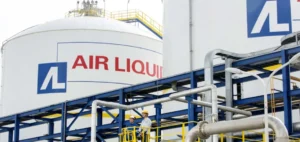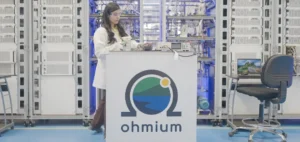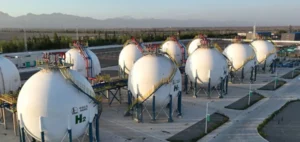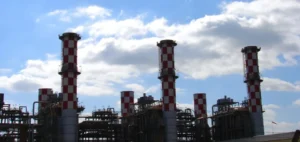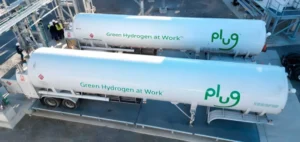The construction of two hydrogen production and refueling stations, located in Calgary and Edmonton, has been completed, and the facilities are now operational. This project is a collaboration between Canadian Pacific Kansas City (CPKC) and ATCO EnPower, a subsidiary of Canadian Utilities Limited.
These stations are a central part of CPKC’s hydrogen locomotive program, which involves converting several diesel locomotives into models equipped with hydrogen fuel cells, a technology aimed at reducing emissions in the railway sector. Each station is equipped with a one-megawatt (MW) electrolyzer, along with compression, storage, and distribution systems for locomotive refueling.
Hydrogen Production and Energy Integration
The Calgary station partially utilizes renewable electricity generated by an existing 5 MW solar facility on-site. This setup is intended to test the integration of renewable energy sources into hydrogen production.
ATCO EnPower oversaw the design, engineering, and construction of the two stations. An agreement has also been signed to manage their operation once in service.
Testing and Railway Perspectives
These facilities are primarily designed to support the testing of CPKC’s hydrogen-powered locomotives. Over time, they could also serve as models for similar projects in the railway industry or other transportation sectors.
With operations spanning multiple countries, CPKC intends to evaluate the operational capabilities and environmental benefits of hydrogen as an alternative to fossil fuels in freight rail transport.


